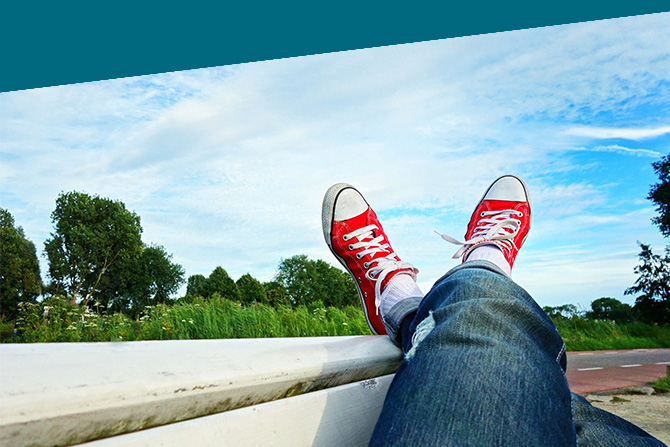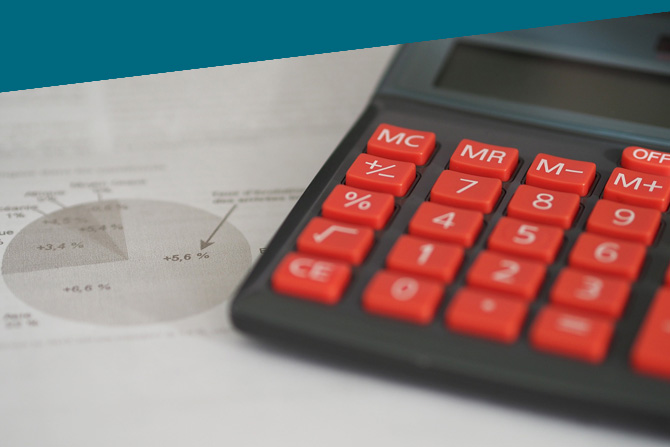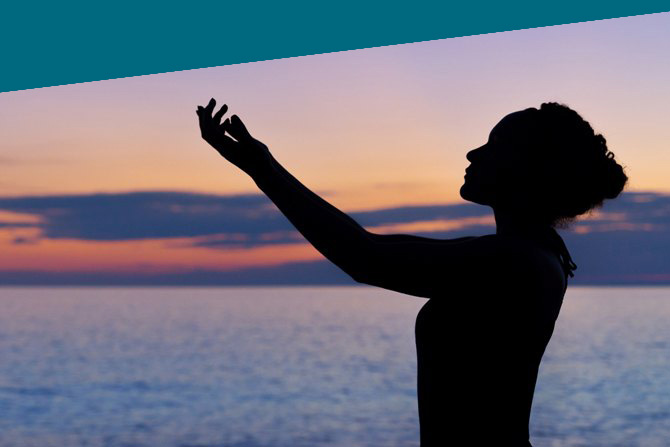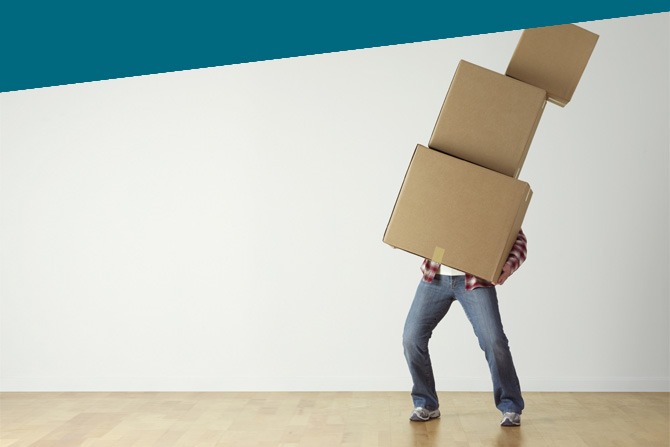How Older Adults Can Maintain Physical Fitness at Home
May 20, 2020
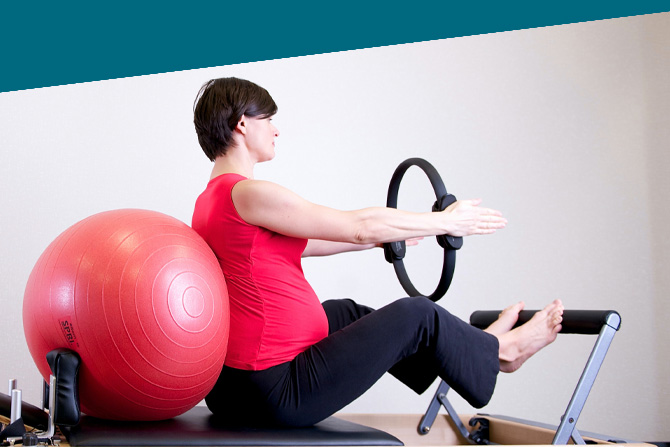
Under the COVID pandemic and stay-at-home guidelines, older adults are tagged as a key at-risk demographic group for whom that practice can be especially wise. And, as with everyone facing that challenge, it comes with inevitable limitations on physical activity.
Moreover, the health impact of being homebound for a prolonged period of time can be higher for older folks than for other age groups. Effects can include loss of strength and endurance, impaired balance and signs of insulin resistance as well as effects on the heart and bones. In addition, these conditions typically take longer to reverse than for younger people.
Also, exercise can have positive effects on one’s mood, which could be particularly relevant right now for some people in the uncertainty and isolation of the current situation.
The good news is that staying active and fit can take many forms in terms of exercises at home for older adults. With a little creativity and “gear” close at hand, you can still sustain an active lifestyle. Ideally, 30 minutes of sustained activity is recommended. However, there’s a wide range of simple things that can be incorporated into your daily routine in bits and pieces as home exercises during quarantine.
Stretching
This is a fundamental best practice overall. It can be beneficial for keeping joints, muscles and tendons limber and flexible. And it’s a must-do before any extended exercise routine. There are many reference sources that provide tips on various stretches to consider.
Aerobic Conditioning
At home, it means consciously incorporating movement into activities that would be seen as sedentary under normal conditions. Examples are walking around when on the phone or during commercials when watching a TV show. A basic rule of thumb would be to take a walk from room to room or up and down the hall at least three times each day, even for short periods. Stairs are also a great place to get some careful exercise.
Muscle Mass and Strength
One example is to do wall squats for the legs. Even a few seconds of holding the squat position is worthwhile. Rising partially from a chair and holding that position can also be a good form of leg muscle exercise. Push-ups can be simulated by standing away from a counter, grasping it with your hands, then leaning in and pushing away with your arms.
Upper Body
There are lots of handy items around the house that can be used for upper body exercise. They can include cans of soup or water bottles as relatively light, easy-to-grip weights for arm curls. These can be used for shoulder exercise as well.
Balance
Since balance is often a top concern for seniors, there are some exercises that can help maintain that as well. For example, stand behind a chair, using the back for support. Slowly rise onto your tiptoes, then hold that position as long as it’s comfortable.
Helpful Resources
There are tons of resources available online that offer instruction on specific exercises, how-to videos and group activities. These include everything from dancing, to tai chi or yoga. With a little digging, you’re certain to find activities that are right for you. You may even find fun things that you can incorporate into an ongoing healthy lifestyle after the stay-at-home scenario is lifted.
As with any exercise program, and depending on your current health profile, it can be a good idea to talk with your doctor about the optimum level and types of activity. For older folks, considerations might include cardiovascular concerns, any weak joints, arthritis or osteoporosis. So be prepared, have some fun and stay healthy while you’re at home!



